The Most Stunning Constellations Overlooking the Southern Hemisphere
North Americans who look at the night sky are familiar with the constellations that dot the Northern Hemisphere, but they’re just the tip of the iceberg. There are a number of beautiful star clusters to be seen the Southern Hemisphere, and it helps if you paid attention in Latin class. Here are some of the most beautiful constellations on the other side of the world.
Puppis
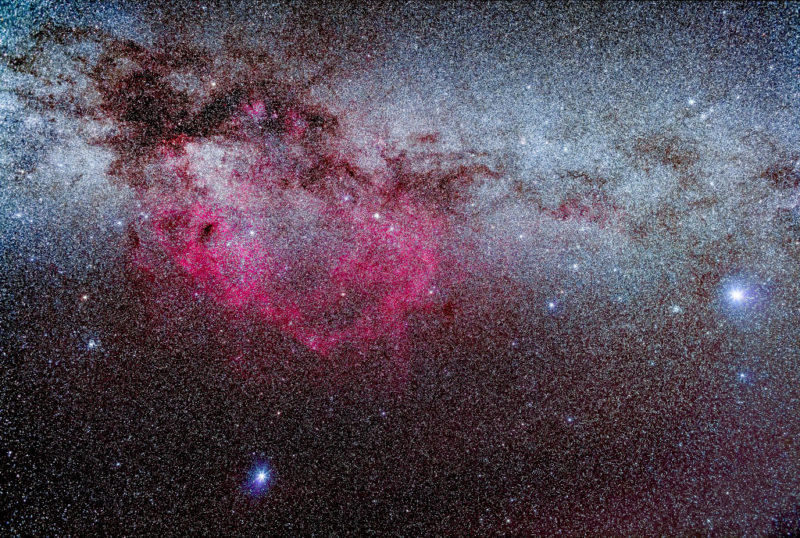
Puppis was once part of the larger Argo Navis constellation, named for the ship of ancient Greece‘s Jason and the Argonauts. It was split into three by French Astronomer Nicolas-Louis de Lacaille, and its name comes from the constellation’s former location on the vessel, the poop deck.
Naos, the brightest star in Puppis, is also one of the hottest in the entire Solar System. Other highlights include M46, M47 and the part of the Milky Way that runs through the constellation.
Vela
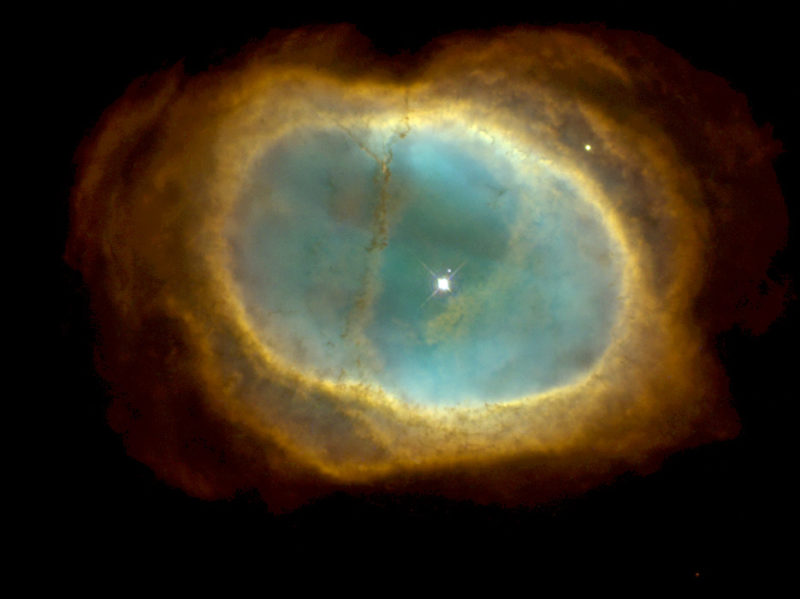
Vela, another Southern Hemisphere constellation, was also once part of Argo Navis and would have previously made up the sails of the Argonaut. There are many delightful features within Vela, including the Southern Ring Nebula.
In 2013, a brown dwarf system known as Luhman 16 was discovered within the constellation and is the third closest of its kind to our very own Solar System. Vela is easily accessible to astronomers carrying a high-quality pair of binoculars, particularly during the month of March.
Eridanus
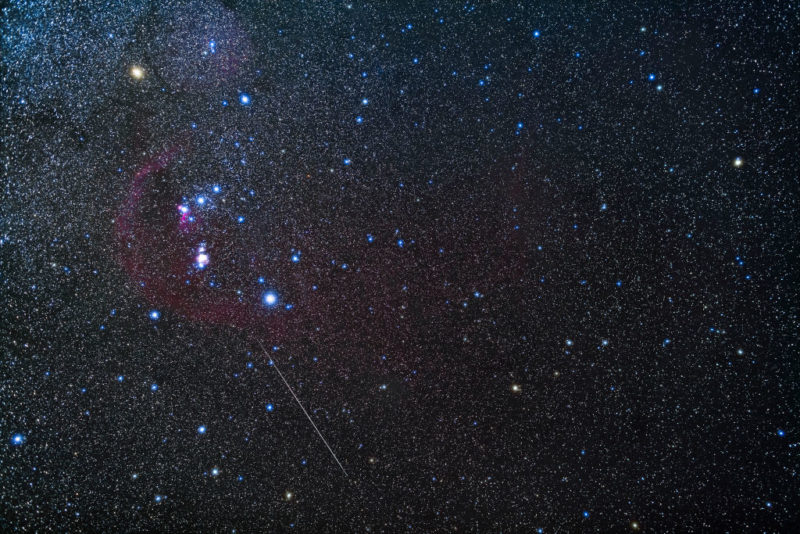
Eridanus is one of the oldest constellations visible in the Southern Hemisphere and is considered among the largest. It was discovered by Ptolemy in the 2nd century AD, and has always been deeply connected to such rivers as the Po and Nile.
Highlights of the constellation include Beta Eridani, a blue-white star located 89 light-years from Earth; the triple-star system, 40 Eridani; and Epsilon Eridani, a star with an extra-solar planet that’s similar to Jupiter.
Crux
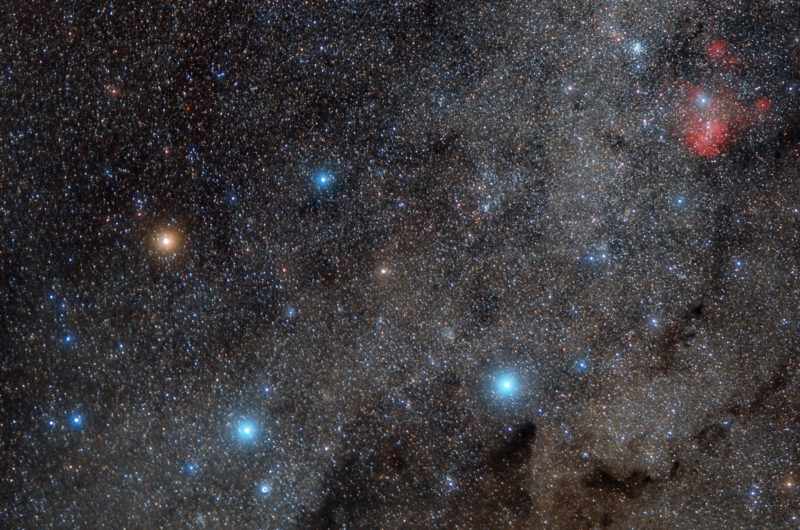
Crux, also known as the Southern Cross, is famous for two different reasons. The first is that it points toward the South Pole, and the second is for the Crucids, the constellation’s version of a meteor shower. It also features the NGC 4755 cluster – nicknamed the Jewel Box – which is visible to the naked eye.
The Southern Cross appears on a number of country’s flags – New Zealand, Brazil, Samoa, Australia, etc. – and was name-checked in the popular 1981 song by Crosby, Stills & Nash.
Tucana
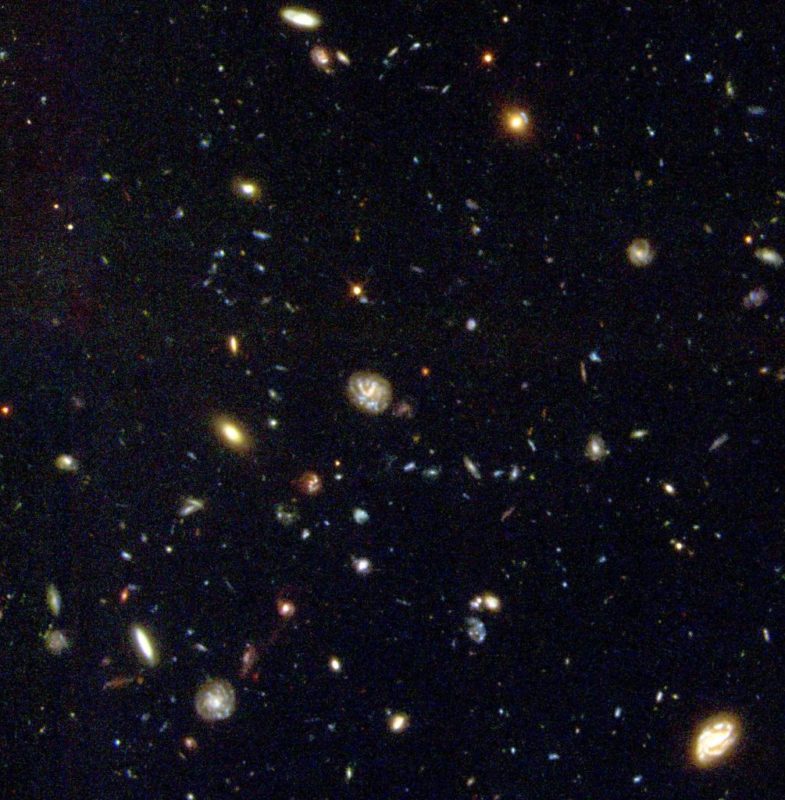
Tucana was first conceived in the 16th century by Dutch astronomer Petrus Plancius, who was inspired by the works of Pieter Dirkszoon Keyser and Frederick de Houtman. The constellation was named Tucana, after the toucan. Like the bird, it features a dazzling array of bright colors.
Tucana is perhaps best known for the Small and Large Magellanic Clouds, named for famed explorer Ferdinand Magellan.
Dorado
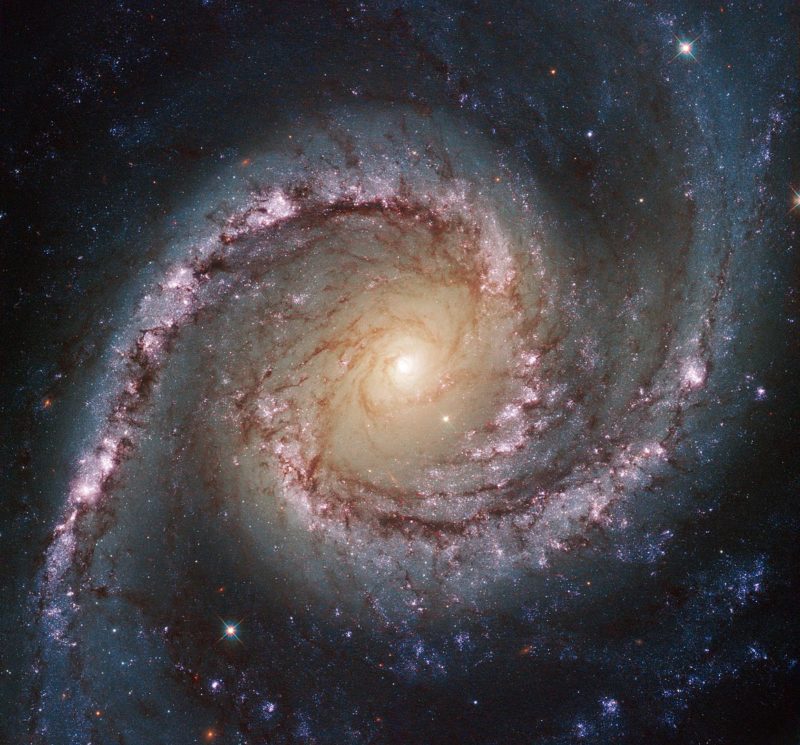
Dorado, named for the dolphinfish, was officially crowned in the 16th century. Within the constellation are many delights for the eye, including the Tarantula Nebula, famed for its luminosity.
Also within Dorado is NGC 1566, a perfect example of a spiral galaxy that’s been beautifully photographed by the Hubble Space Telescope, and N44, a stunning superbubble that’s 1,000 light-years wide.
Carina
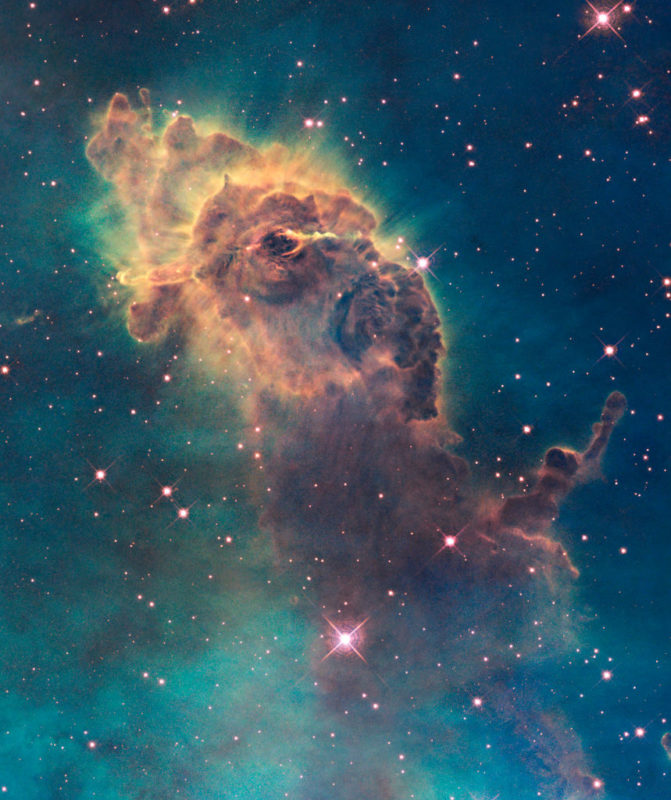
Carina is the third part of the former Argo Navis, making up the keel of the ship. The constellation is the second best-known in the Southern Hemisphere.
More from us: These 10 Scuba Diving Sites Are Among the Most Dangerous in the World
The reason for the constellation’s notoriety is the Carina Nebula. It suffered an explosion around 150 years ago, but didn’t become a supernova. The result is an utterly stunning feature in the sky. Within Carina is also Canopus, a supergiant with the distinction of being the second-brightest star in the night sky.





